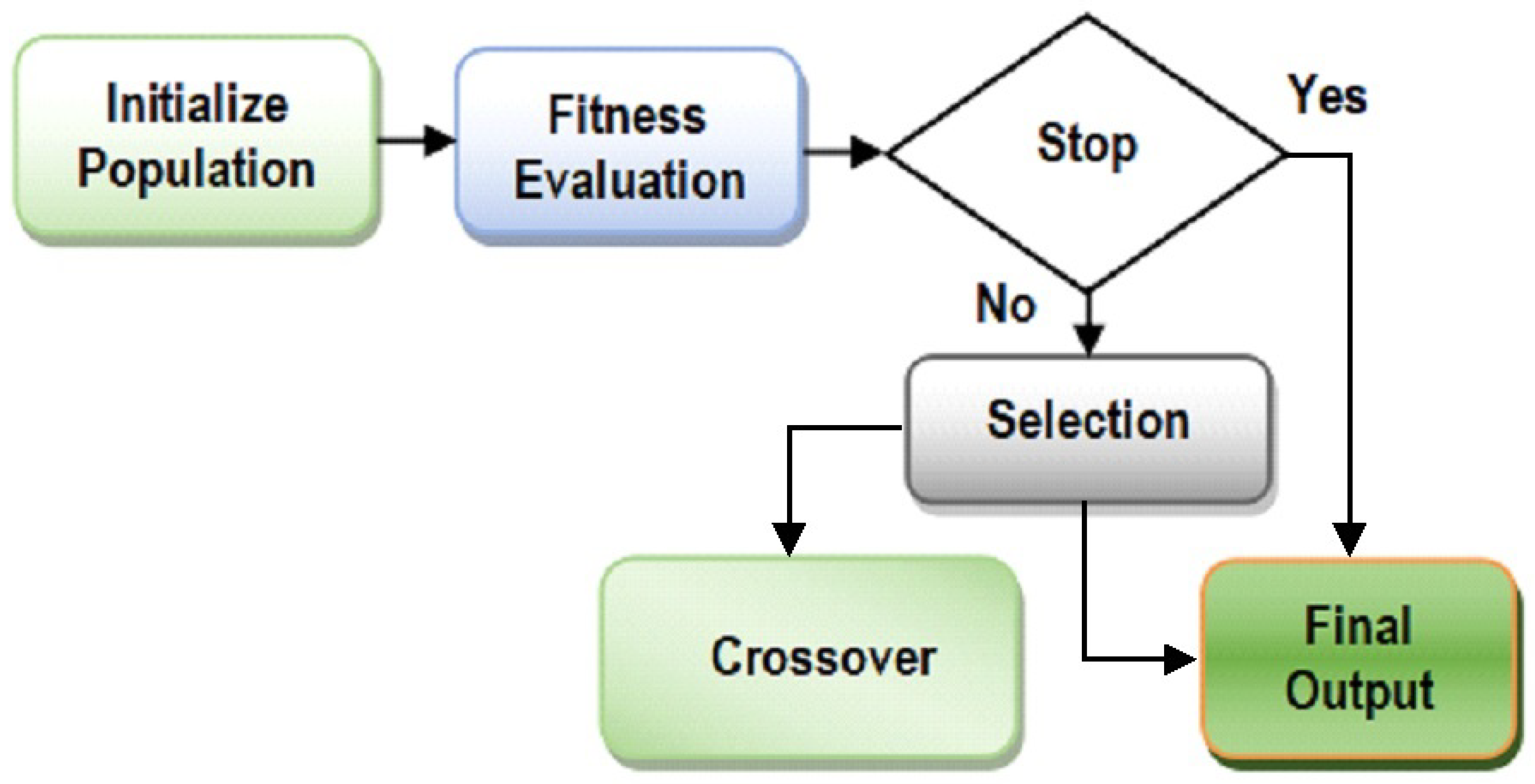Fed through the loop. The frequency set by the signal generator at which this happens is the frequency of the 0dB crossover of the system. Figure 4 shows channel A and channel B on the oscilloscope screen when both waveforms have the same amplitude. This is the 0dB frequency. Measurement Showing 0dB Crossover. Our customers are our biggest supporters. CrossOver Mac and CrossOver Linux have helped hundreds of thousands of people run Windows software on Mac and Linux worldwide. See what people who have actually purchased and used CrossOver think. They say great things. Have something nice to say about CrossOver, email us, we’d love to hear from you. This type of subwoofer crossover resides on a PC or Mac and is performed by playback software such as JRiver Media Center or Pure Music. Both have decent onboard crossover functionality that is sufficient to get good integration. Since you have split the left and right signals inside the computer you now need a multi-channel DAC to feed your. To change your primary display, head to System Preferences Displays, and then click the “Arrangement” tab. One of the displays will have a white bar at the top of the screen. Click and drag this white bar to set another display as the primary monitor. This is a plugin to streaming to multiple RTMP servers concurrently. It's able to share encoders with main output of OBS to save CPU power. It can also use standalone encoders with basic configuration (bitrate).
- Setting Crossover Mac Multi Output System
- Setting Crossover Mac Multi Output Device
- Setting Crossover Mac Multi Output Device
Search
What settings should I choose when using a powered subwoofer in my speaker system?
In the Speaker Configuration menu, when the speaker channel is set to 'Small' the Bass Setting or *Subwoofer Mode menu can be set to LFE or LFE + Main. This will pass all frequencies under the crossover point to the Subwoofer.

If the speaker channel is set to 'Large' you may want to set the Bass Setting or *Subwoofer Mode set to LFE + MAIN as this setting will duplicate the low frequencies to the Subwoofer. If you set the Bass Setting or *Subwoofer Mode to LFE nothing will output to the Subwoofer with the exception of the LFE from a Dolby or DTS encoded track.
LFE (Low Frequency Effect) - The discrete content sent to the subwoofer from a Dolby or DTS encoded audio track. (The .1 in a 5.1 or 7.1 audio track)
LFE + Main - The low frequencies output to the Subwoofer whether the speaker channels are set to Large or Small.
*Some older models use the term 'Subwoofer Mode' instead of 'Bass Setting' for this menu option.
Answers others found helpful
Setting Crossover Mac Multi Output System
Print
Audio MIDI Setup User Guide
Use Audio MIDI Setup to set up audio input and output devices, such as microphones and multichannel audio interfaces. You can also use it to route audio from iOS and iPadOS devices directly into your Mac.
Setting Crossover Mac Multi Output Device
Available settings in Audio MIDI Setup depend on the audio device you’re using. For example, you can adjust the volume for each channel your audio output device has available.
Connect your audio devices to your Mac and, if necessary, install any software included with the devices.
In the Audio MIDI Setup app on your Mac, in the sidebar of the Audio Devices window, select a device.
Note: For iOS and iPadOS devices, first click Enable, then select the device. You may be asked to unlock your device with a passcode or to trust the device.
Control-click the device, or click the Configure Selected Device pop-up menu at the bottom-left of the sidebar, then choose how the device is going to be used:
For sound input: Choose Use This Device for Sound Input.
For sound output: Choose Use This Device for Sound Output.
For playing system sounds: Choose Play Alerts and Sound Effects Through This Device.
On the right side of the Audio Devices window, choose the options available for the device you selected:
In most cases, “Clock source” is set to the default.
Click the Format pop-up menu, then set the sample rate and bit depth. Make sure they match the appropriate settings for your audio device.
If your Mac supports the hardware sample rate converter, the Hardware Rate Converter pop-up menu is available in the Input pane. When you choose Automatic from the pop-up menu, the hardware sample rate converter is turned on if the audio samples coming in are PCM and formatted according to the international standard IEC 60958-3. The hardware sample rate converter is turned off if the input stream is encoded. You can also choose Enable or Disable from the menu, to keep the hardware sample rate converter turned on or off.
If software volume control is available for your device, the Volume sliders appear blue to indicate that they’re active. Drag the sliders to set the volume for each channel.
To set up a surround (multichannel) speaker configuration, click Configure Speakers, then set up the configuration.